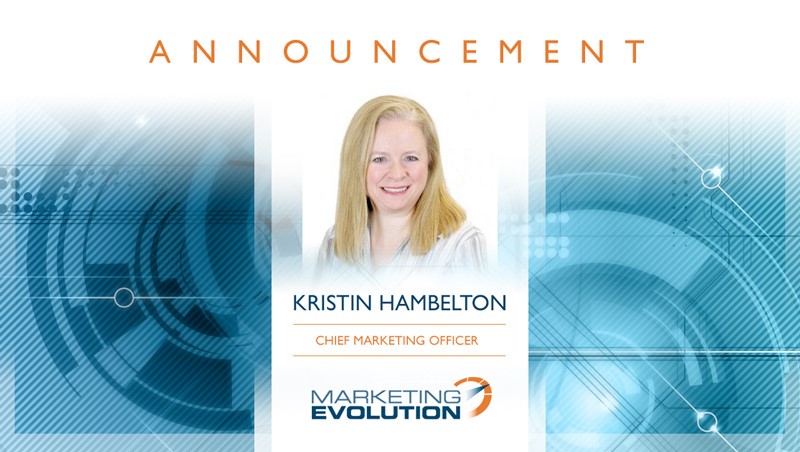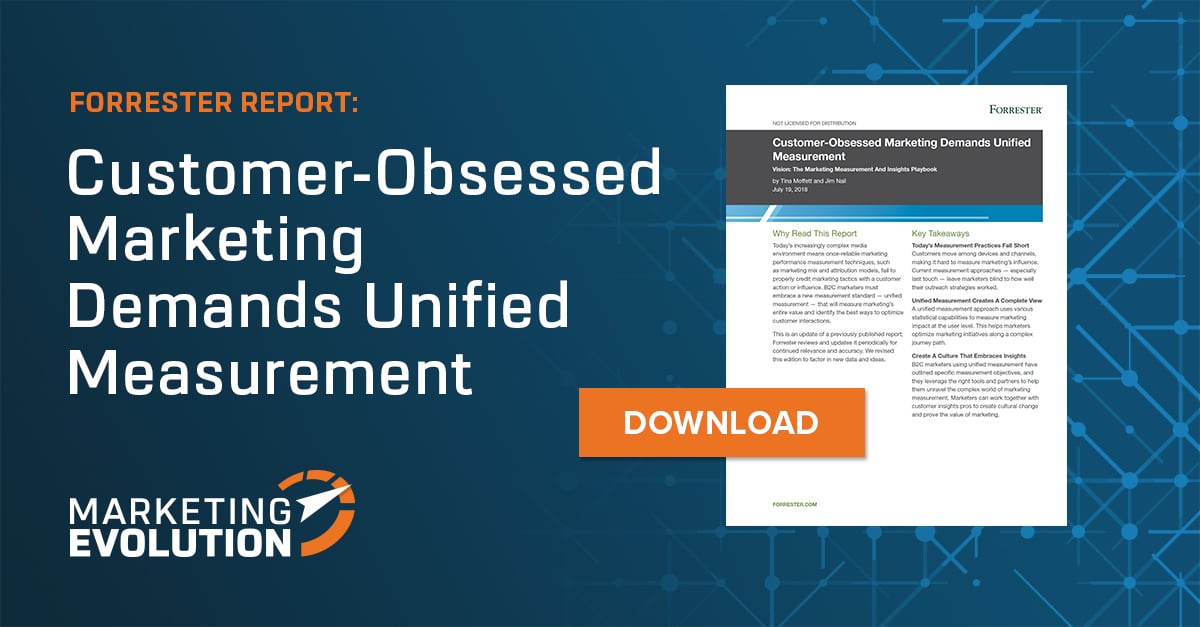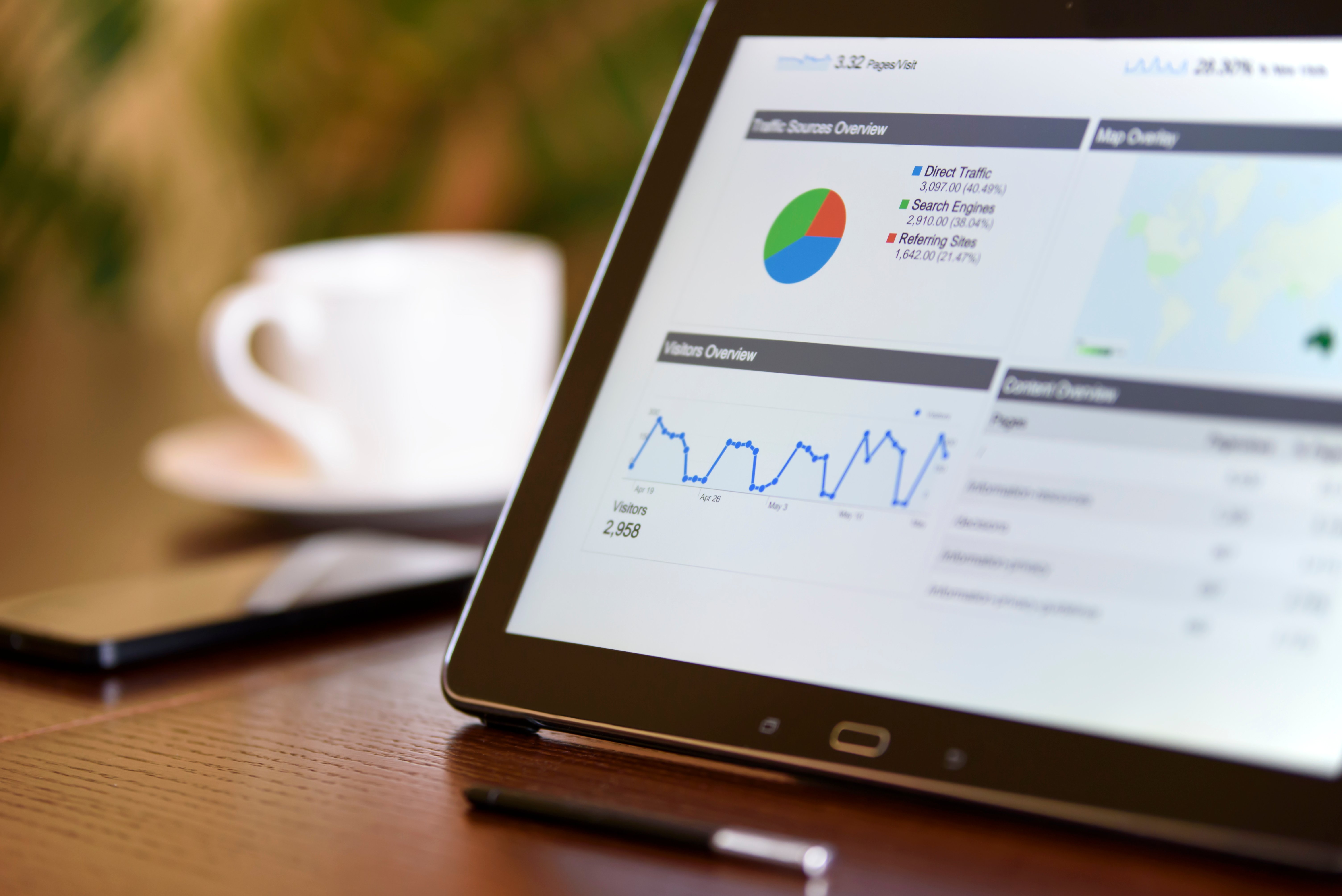The Future of Marketing Analytics: Person-Level Data Through Unified Measurement
Learn how Regions Bank Perfected their customer journey

In the past two posts of this three-part series, we’ve explored the history of marketing analytics, diving into the marketing landscape before and after the digital revolution. We have seen that the capabilities of marketers throughout the years have drastically changed.
This growing complexity in marketing has also changed consumer expectations and how they choose whether or not to engage with a brand.
These changes signal a need to adapt through enhanced analytics that go beyond past models. To attain these analytics and effectively engage consumers across today’s complex marketing mix, marketers need to understand the modern marketing landscape, as well as the consumer expectations that influence it.
With this in mind, what does the marketing landscape look like, and more importantly, what do consumers expect from marketing efforts today?
Modern Marketing and the Omnichannel Landscape
The digital revolution brought with it an entirely new media mix for marketers to leverage in order to reach consumers. Today, we have access to a wide range of desktop, mobile, IoT, and other devices that provide opportunities for brands to connect their products and services with us. As a result, the marketing landscape has grown complex, giving consumers more options for where and when they choose to engage with brands. For marketers, this places significant emphasis on the need to have the right message, on the right channel, at the right time.
It’s not just the digital landscape that has evolved. Today, print and broadcast media has also grown complex as more and more channels have been introduced. For example, during the 50’s and 60’s, there were only three major television stations—ABC, CBS, and NBC. Last year, there were 1,761 stations. This means there are now more touchpoints across a more diverse media landscape with more brands vying for the attention of consumers across each channel.
This overabundance of engagement options for consumers, coupled with the estimated 10,000 advertisements placed in front of them each day, has led to a new, consumer-empowered marketing landscape. In order to maximize marketing effectiveness in this environment, marketers need to understand the expectations of their target audiences.
Changing Consumer Expectations
Given the fact that today’s consumers have a wider variety of media channels from which they can be reached, as well as the capability to shop online thanks to ecommerce, they’ve come to expect more from the brands trying to reach them. Now, consumers want to be connected with the products and services they need, the moment they need them. Additionally, the excess of brands trying to market to consumers across these channels means that garnering their attention long enough to nurture consumers down the sales funnel has become increasingly difficult.
For marketers looking to meet the expectations of today’s customers, they need to understand consumer behavior down to an individual, person-level. From there, they can begin to understand the unique interests and pain points a consumer has, the channels they prefer to use across the marketing mix, and the creative messaging that sets a brand apart from the competition.
What’s more, consumers expect brands to be able to personalize the customer experience across all channels—online and offline. This expectation for relevant, timely, and personalized omnichannel engagements mean marketers need to once again shift the way they measure their efforts. Today, marketers need person-level data that ties together an individual’s unique activities and experiences.
Traditional Attribution Models are Obsolete
As digital emerged as the predominant channel leveraged by marketers, the use of digital attribution models like multi-touch attribution offered marketers the means of quickly understanding the touchpoints and channels that played the most significant roles in driving revenue. Subsequently, this allowed marketers to optimize their campaigns by prioritizing the channels that drove the highest engagement.
However, this method is flawed. Today’s revenue isn’t driven by digital marketing efforts alone, but instead, a combination of online media, offline media, and external factors that all influence consumers and prompt them to make a buying decision. In order to understand marketing efforts across these channels and optimize them to meet the expectations of today’s consumers, marketers need to do more. Specifically, the need to adopt a unified marketing measurement strategy.
Moving Beyond Attribution with Unified Marketing Measurement
Today’s marketing landscape requires marketers to understand the unique engagements of individuals across the entire marketing mix. In doing so, marketers will be able to meet the expectations of modern consumers, addressing their demand for relevancy, personalization, and timeliness. Using a unified marketing measurement strategy, marketers can tie together disparate measurement models like media mix modeling and digital attribution, into one cohesive view that provides the insights needed for the personalized marketing of today.
Final Thoughts
As the marketing landscape evolves, so too does the paradigm of customer expectation. As marketers respond to today’s evolving landscape and consumer trends, the measurements and analytics they use to optimize their efforts needs to evolve in tandem. With this in mind, they must move away from older models alone, and embrace unified marketing measurement. Made possible through a modern marketing analytics platform, this ensures marketing efforts stay ahead of landscape shifts while meeting the expectations of today’s consumers.






















